Aplicación
Técnicas de IA y quantum machine learning para la identificación de procesos cuánticos
Información Cuántica y Óptica Cuántica
Descripción del grupo:
Los grupos de Información Cuántica y Óptica Cuántica del departamento de Física de la UAB trabajan desde hace años en temas afines al uso de AI y machine learning para la optimización de los recursos cuánticos y dar solución a algunas de las preguntas abiertas en la física de altas energías y materia condensada. En la página web del grupo (https://grupsderecerca.uab.cat/giq/publications) se pueden encontrar más de 400 publicaciones científicas en el ámbito de la información cuántica, varias de ellas centradas en el uso de AI y machine learning para entender mejor los sistemas cuánticos, es decir, entre otras cosas, métodos de certificación y verificación de estados cuánticos. Esta experiencia será fundamental para poder discernir si lo generado en un ordenador cuántico es realmente el estado que queremos estudiar y no otro que se haya generado por error.
Descripción de la actividad:
El objetivo de esta tarea es estudiar de la frontera entre la algoritmia cuántica y la inteligencia artificial, y su aplicación a la mejora de tareas específicamente cuánticas.
En concreto, se abordarán los siguientes aspectos:
1. Clasificación de estados cuánticos a partir de datos experimentales.
2. Discriminación de mapas o procesos cuánticos mediante técnicas de IA.
3. Certificación y verificación de los recursos cuánticos mediante aprendizaje cuántico.
4. Desarrollo de algoritmos con utilidad para la física de altas energías y evaluación de los mismos en diversas plataformas cuánticas y clásicas.
Resultados
Próximamente




